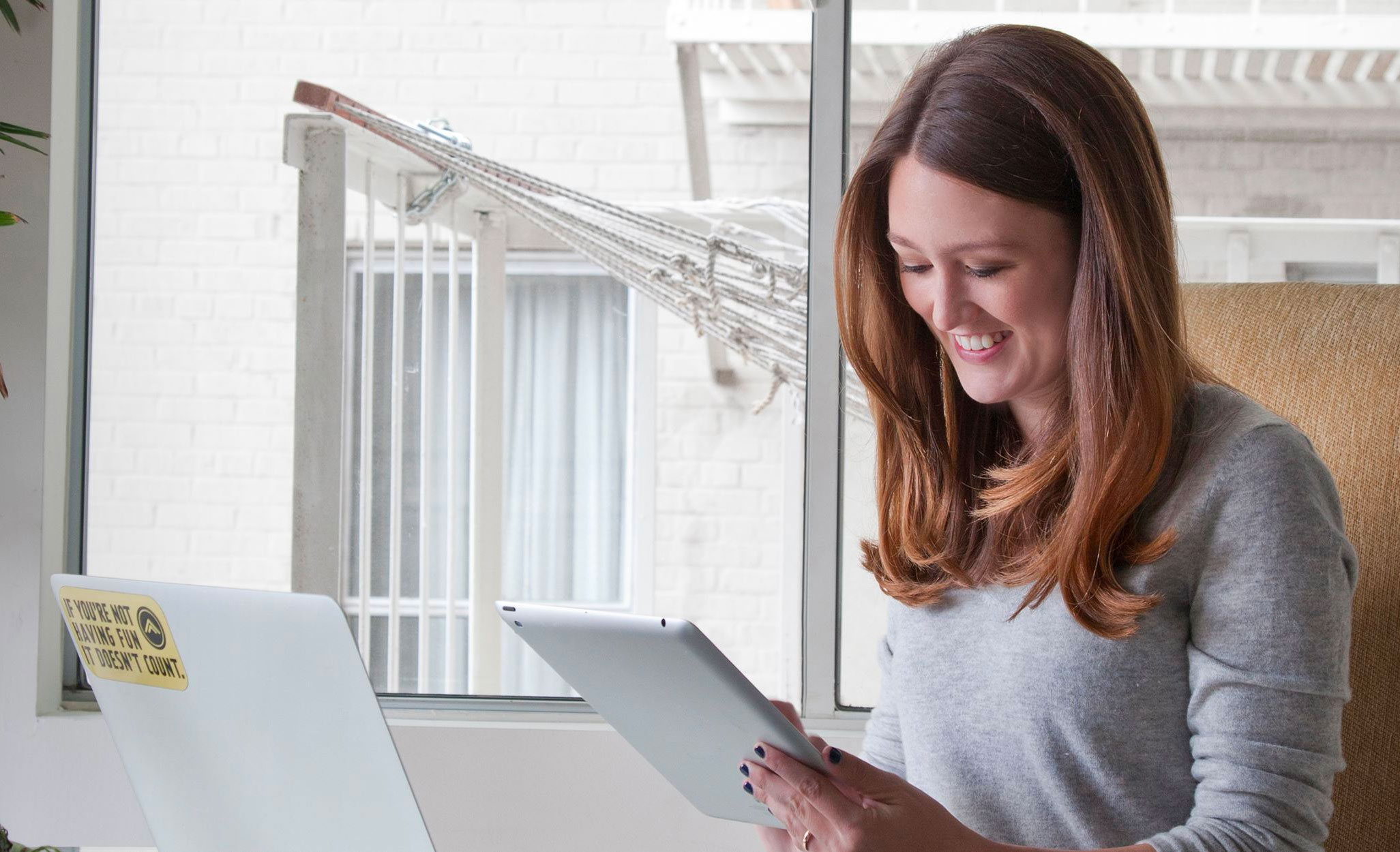
Articles
How To Build Processes That Scale Remote Teams
October 17, 2019

If there was ever a specific type of company uniquely positioned to benefit from having ironclad systems and processes in place, it would be the fully remote company.
Along with the lack of a physical workplace and all of the challenges that come with that scenario, remote employees and their managers face a number of unique challenges and hurdles that traditional companies don’t have to consider. This includes everything from encouraging cross functional communication across teams, to tracking time and keeping everyone “in the loop” about what’s happening in the company.
The trick for making up for the lack of face to face interactions and the professional serendipity that people take for granted when they pass each other in a hall or sit in adjoining cubicles is to leverage technology and software, and actively create opportunities to connect with colleagues – even if it feels a little unnatural or downright awkward at first.
Laura Roeder, a thought leader, speaker, and trainer in the areas of social media and entrepreneurship, and the founder of MeetEdgar outlines how the most effective processes often grow out of the need to solve a unique business problem – like scaling a remote company and workforce, and learning to delegate precisely before you feel ready.
Subscribe to Process Makes Perfect for free on: Apple Podcasts | Spotify | Google Podcasts
Using constraints and limitations to your advantage
Laura likes to joke that every startup founder should launch their business while pregnant. That may fly in the face of the conventional wisdom that insists the key to success, especially for an early stage startup, is to “always be on” – physically working upwards of 80 hours a week and available round the clock through email, social media, and every other communication channel known to man.
But Laura argues that the opposite has proved true, at least for MeetEdgar: “If you only have ten hours to get something done vs. 24, it creates the ultimate incentive to get as much done as possible under these impossible constraints.”
Sometimes the best process is born out of desperation and necessity. MeetEdgar operates as a fully remote company, and the organization works hard to create and enforce the boundaries that allow for a productive culture that takes work/life balance seriously.
How to create balance and set your own rules and processes
- The first concept Laura credits with creating a business that’s structured around productivity and work/life balance should be familiar by now: build a business that can operate independently and without the direct input and involvement of the founder.
- Set intentional limits and boundaries and enforce them religiously – from your processes down to the types of projects you’ll take. A flexible boundary is a non-existent boundary.
- Don’t say yes to everything, and build a business that supports your lifestyle so that you’re not working non-stop.
Don’t call it a “perk” – remote work as a way of life
It may sound hard to believe, but remote work is not for everyone. While some people would consider trading a limb in order to escape the office grind and work from home or a coffee shop in Bali, others find the unconventional setup and lack of traditional structure oppressive and impossible to manage.
According to Laura, recruiting and hiring employees uniquely suited and experienced in the art of working and being productive remotely is just step one.
For starters, MeetEdgar has taken a novel and refreshing approach to documenting their processes by posting a limited version of their employee handbook online, in an effort to facilitate the recruitment process, foster transparency, and help out other young companies that might be looking for guidance in creating a unique and efficient workplace.
Forget ping pong tables and Kombucha on tap; imagine a company-sponsored cleaning service sent to your home “office” once a month to deal with the age old “I should be cleaning” instead of working shame spiral.
Say everything out loud on the internet
When you’re a remote employee, your digital footprint becomes your proverbial time clock. In addition to letting everyone know when a remote employee is actually on the clock so to speak, documenting company activity and making it available for everyone in the company to access is critical for keeping everyone in the loop and to prevent silos from forming.
Some of the elements that make MeetEdgar’s remote success include:
- Regular meetings to discuss strategy, and review wins and losses on a weekly basis
- Set working hours so that everyone is working “together” albeit across geographical locations and time zones
- In person retreats and events
- Keep meticulous documentation and encourage everyone to “listen in” on what’s happening in other departments, even if they’re not directly involved in the project
- Pair new hires with “buddies” that will answer questions and show them the ins and outs of the company’s processes when they first come on board
- Encourage communication across teams and functions – even if it doesn’t necessarily “make sense” right away
Knowing when to let go
Deciding when the time has come to hand over the keys to the kingdom can be really difficult, and most entrepreneurs and founders struggle to get the timing right. According to Laura, the right time to hand over responsibility is just before you feel ready (hint: you will never feel 100% ready).
From setting up arbitrary boundaries and unnecessary checklists to getting bogged down in documenting every last bit of minutiae, Laura recommends pulling the trigger sooner rather than later and remembering that people will learn and grow as they go on the job, and a founder’s replacement is no exception. Outline and document the basics (minimum viable documentation) and then trust the process to work its magic.
Similar Blog Posts











